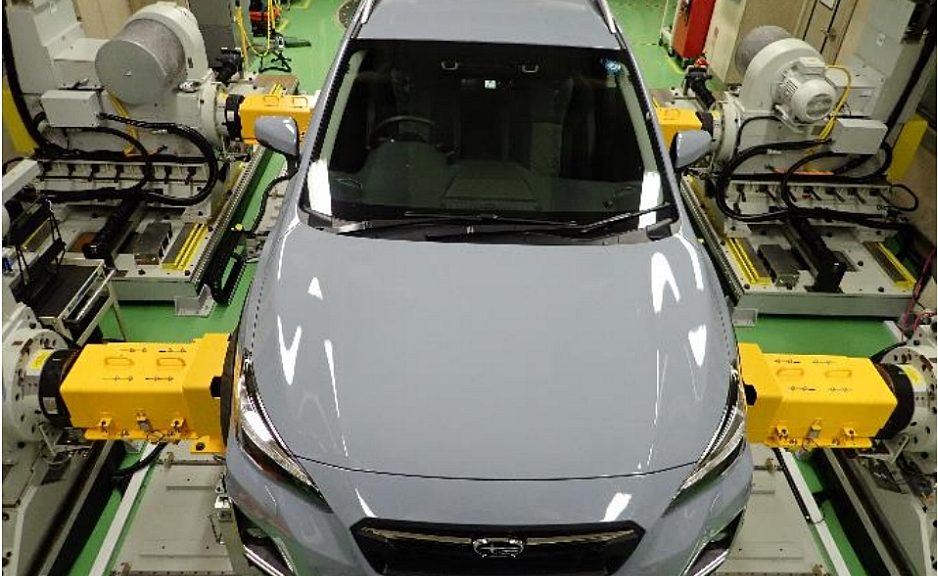- Subaru uses NationaI Instruments’ (NI) hardware-in-theloop (HIL) test solution to simulate real road traffic conditions when testing its electric vehicles.
- The car manufacturer is thus free from environmental factors while reducing the time and cost of testing.
- Subaru estimates that NI’s hardware-in-the-loop system reduces acquisition costs by one-third compared to other solutions.
Until now, car tests have been carried out on test tracks or public roads to check the vehicle’s performance and safety. However, weather conditions and variable road surface conditions make it difficult to conduct reproducible road tests in a timely manner. The complexity and interdependence of embedded electronic systems make the task all the more difficult in a context of budget restrictions and reduced development times.
To overcome these problems, Subaru has replaced on-the-road validation tests with tests that implement an
NI’s HIL simulation solution based on modular instruments in PXI format and the LabVIEW software from the Texas manufacturer. This HIL test system allows Subaru to test a vehicle’s on-board controller in a virtual environment by eliminating environmental factors before running actual diagnostics on the entire system.
“NI’s PXI instruments and LabVIEW software have enabled us to implement a HIL system in just one to two weeks and develop our software in-house,” says Daisuke Umiguchi, Electrified Power Unit Research and Experiment Dept, Subaru Corporation.” This reduced the cost of purchasing products to about one-third of the price of other companies’ solutions. In addition, thanks to our LabVIEW experience, we have kept our software development costs at one-sixth of those of an external developer. »
Subaru also equipped its vehicle test solution with a controlled-driven dynamometer and vehicle dynamics simulation software deployed by Virtual Mechanics. The combination of these two tools creates load conditions equivalent to those encountered on real roads. This driving system transmits in real time the calculated values to the NI HIL system to create closed loop control between the models on the HIL system and the driving system. The HIL interaction system can thus apply the appropriate load to the vehicle throughout the tests.
Subaru plans to use this test system as a final quality control tool during the final phases of the development of electric vehicles, and then to extend its use to all types of vehicles. With this solution, Subaru aims to reduce the number of working hours by half compared to conventional methods.







